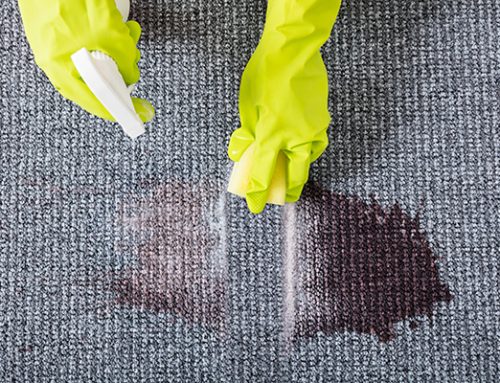
Condensation is among the top reasons for mould appearance in home, especially in cold weather. Mould and mildew are fungi that thrive in moist environment. Mould and mildew can significantly lower the price of your property when selling. (Learn how to boost the value of your property here and here.) Mould can damage our home and cause serious health issues: respiratory problems, eye, nose and throat irritation, headaches and sinus congestion.
If you want to reduce condensation and keep your home mould free this winter, check our tips below.
What is Condensation?
Cooking, washing, bathing and drying clothes inside the house release moisture into the air. However air can hold only a certain amount of evaporated water – the higher the temperature the more it can hold. If these vapours get in contact with cold surfaces such as windows, mirrors or even walls, the result is condensation – small droplets of water. The damp left from condensation can create a thriving environment for mould on walls, wood, fabric, furniture, and carpets.
How to Control the Humidity Levels in Your Home?
As we said mould is fungus and needs certain amounts of moisture to develop. This is why reducing condensation and getting rid of dampness are a key steps to prevent mould growth and mildew appearance at your home.
There are a few ways to control the humidity at home:
Produce Less Moisture
• Hang your laundry outside, or dry it in the bathroom, keeping the window open. Investing in a small tumble dryer is also a good solution for cold months.
• Use lids on pans when cooking, and don’t leave boiling kettles. Always turn the extractor hood while cooking.
• Install a bathroom fan and run it after taking a shower.
• Wipe up wet surfaces after every use – kitchen worktops, bathroom tiles, sinks etc.
Ventilate Regularly
• Keep bathroom and kitchen doors closed when you are in the room, even if there are extractor fans.
• Ventilate kitchens and bathrooms after every use.
• Ventilate wardrobes and cupboards.
• Place furniture at least 2 inches from walls. If possible place don’t let large pieces such as beds or wardrobes touching external walls.
Heating and Insulation
• Proper heating will keep your home warmer and lower the humidity levels inside.
• Keeping constant temperature with low background heating in cold weather will also help reduce condensation.
• Getting an air dehumidifier is a good option for lowering the moisture at home.
How to Prevent Mould Growth at Home?
Reducing the humidity inside the house is just the first step for stopping mould growth. Proper treatment and cleaning are crucial if you want to prevent further appearance.
• After deep cleaning of carpets and furniture, let them dry completely.
• Clean and disinfect humid areas at home – bathroom and kitchen. There is wide variety of fungicidal products that can help you clean and prevent mould.
• Consider using fungicidal paint when renovating the property.
• Clean behind large pieces of furniture at least twice a year – during Spring and Autumn cleaning.
Reducing the moisture and regular cleaning are essential for preventing mould appearance at home. If you need a hand for cleaning and maintain your home, you can always contact your local end of tenancy cleaners. They can provide skills, expertise and powerful equipment to help you deal with mould and mildew in your property.










